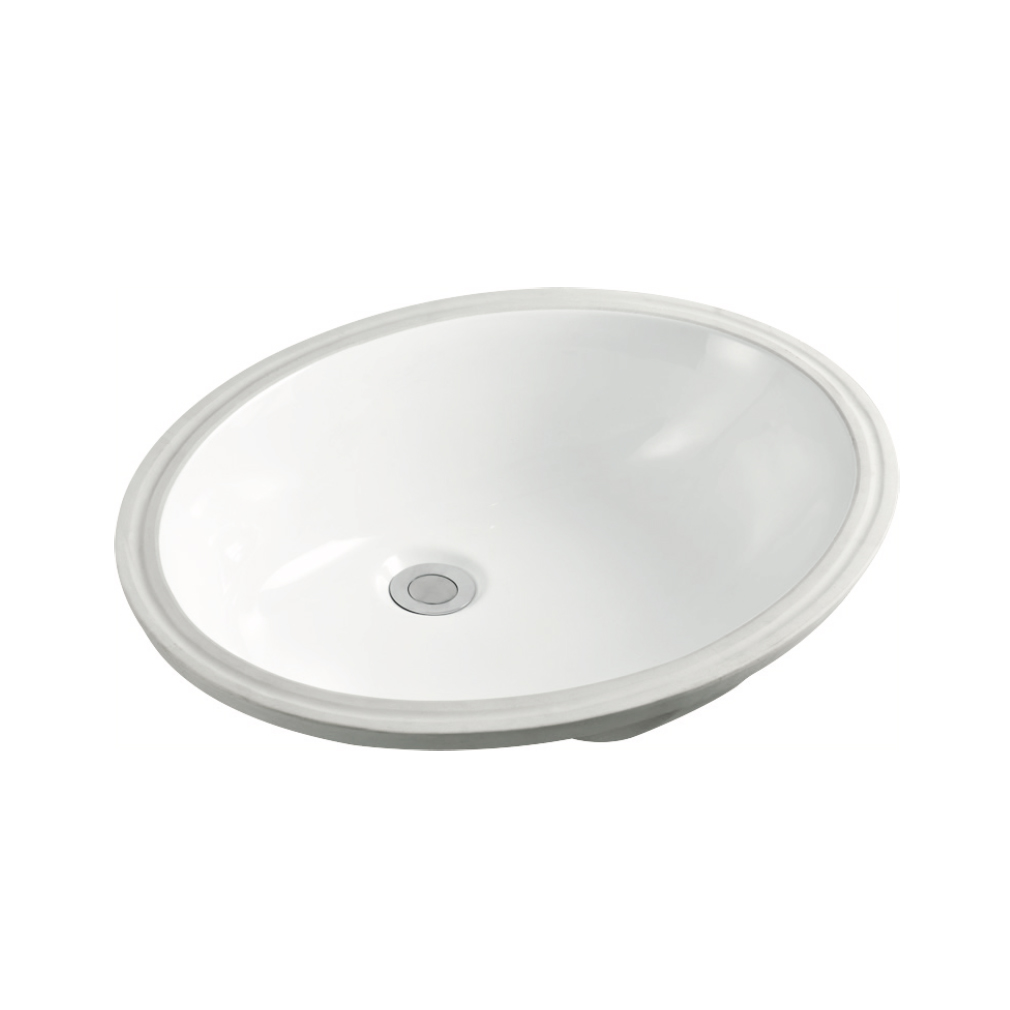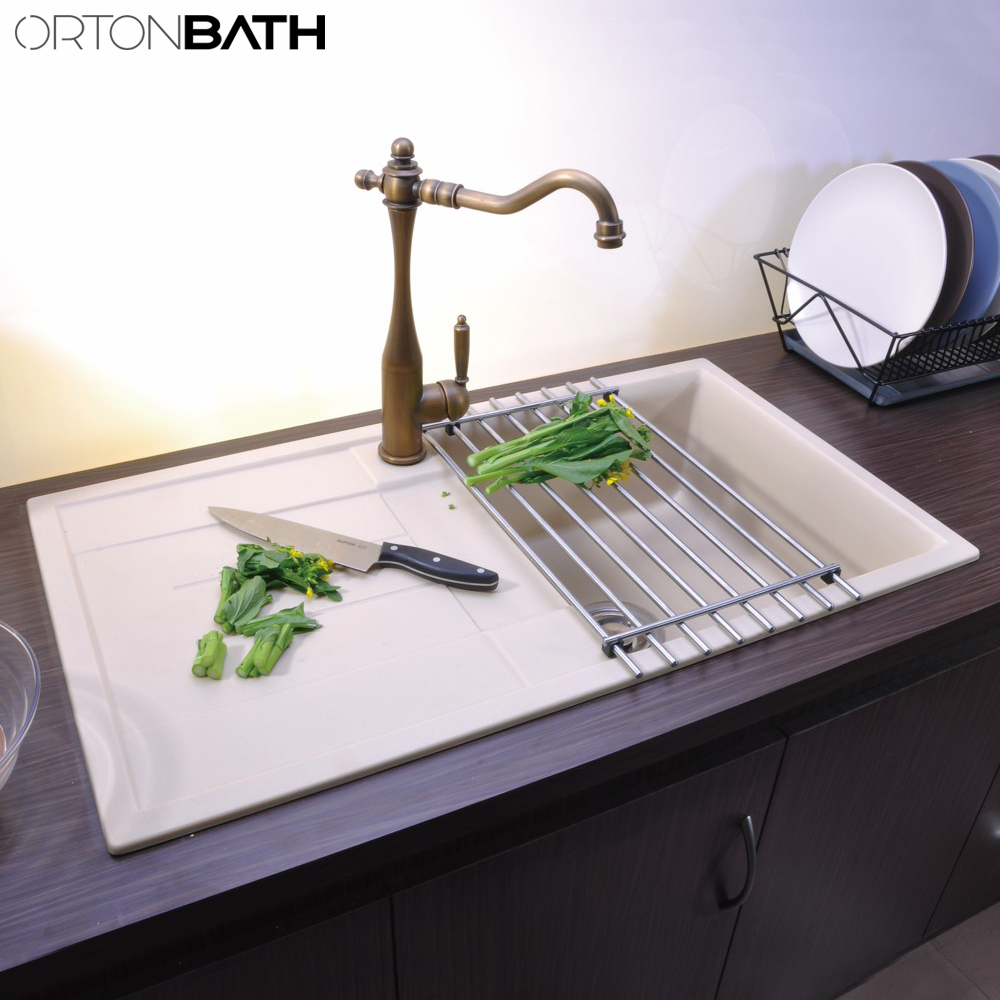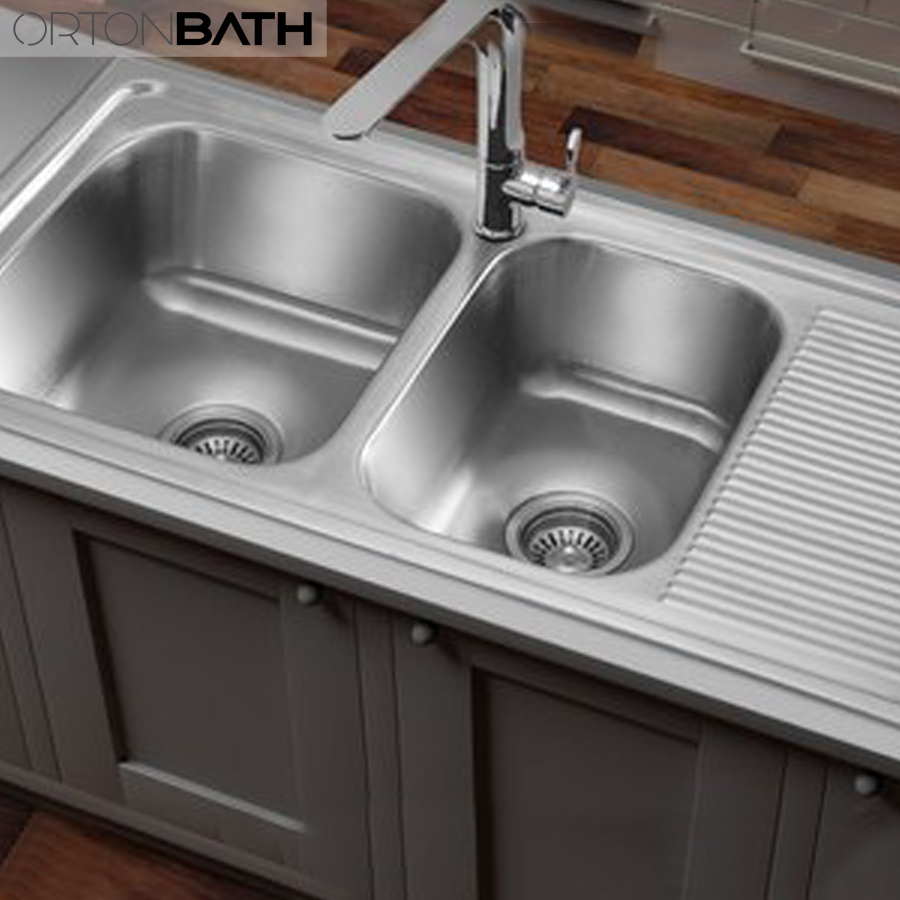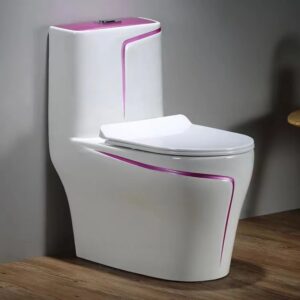
Taps may seen like a small piece of the puzzle when it comes to bathrooms. They are an essential element of any bathroom, not just functionally but visually they can make or break a bathroom design. It’s a small item but makes a big difference. So how should we select the right taps for our washbasin?
About Styles
When selecting a design, consider the other elements of your bathroom. Rounded basins, baths and bathroom accessories look great paired with taps that have curved spouts and rounded handles. Likewise, taps that have a square and angular design will complement a bathroom with straighter lines. Generally, a three-piece taps set provides a traditional look and a mixer provides more contemporary look.If you’re retrofitting an existing bathroom and updating only cosmetic details, you’ll need to stick with what you already have – unless you’re prepared to re-plumb the in-wall components and re-tile the area. Remember the design is equally as important to hold and feel the taps you are considering to be sure they feel comfortable and easy to use.
It’s best to select your basin and taps in conjunction with one another as either item raises considerations for the other. For instance, a taller tap or a wall-mounted design may be required to suit an above-counter basin. A longer spout may be required to extend across a deeper inset basin.
Also, the taps can be classified into Pillar tap, Monobloc basin taps, Basin mixer taps, Wall mounted basin taps.
Pillar taps (traditional basin pillar taps)
Available in modern and traditional designs, pillar taps are supplied as a pair, and consist of one tap for the cold water and another for the hot water. They can feature cross-head or lever handles, and are for use with a basin that has two tap-holes.
Monobloc basin taps (modern basin tap)
Monoblock basin taps are designed for use with sinks that have a single tap hole. They feature a single spout that delivers a mixture of cold and hot water. The flow and temperature of the water is controlled by an easy to use single lever handle. This type of tap is available in a variety of modern designs.
Basin mixer taps (traditional basin mixer tap)
A basin mixer tap is similar to a monobloc tap; it delivers a mixture of hot and cold water through a single spout, but has separate controls instead of a single handle. This type is available in both modern and traditional designs.
Wall mounted basin taps
A wall mounted basin tap is a great option for creating a neat, streamlined look. This type of tap is mainly used with a countertop basin that does not have any tap holes. Wall mounted taps are difficult to install compared to a monobloc tap, so hire a plumber if you lack the DIY skills.
About color & Finishing
While the majority of taps are available in a chrome finish, there is now a growing range of alternative finishes available, from black, white, gold, graphite and copper. However, changing taps is not something you want to be doing often, so we advise clients to make timeless decisions with taps that is less likely to date. Choose a finish that you love and that will suit the overall colour scheme and style of your bathroom. Remember to consider matching the finish of other elements, such as the shower set and bathroom accessories such as towel rails, toilet roll holders and shower frames.
- Chrome
Chrome is the most popular finish for bathroom taps – the vast majority of taps on the market are finished in this way. Chrome-plated taps are resistant to corrosion and scratches while their shiny, reflective finish is easy to clean and creates a clean, modern look.
- Gold
Gold taps have always been a popular choice in period style bathrooms, although they have gained a reputation for peeling and tarnishing as the gold finish was only plated-on rather than dipped. However an increasing number of new taps feature a finish known as “Antique Gold” a lighter, shinier chrome-gold which is more robust as it has been dipped. Be aware of the colour difference between the old darker gold and new Antique Gold taps if you are looking to replace like-for-like.
- Nickel
Another relatively new finish which is increasing in popularity is nickel, using it to give their taps a high class finish. A nickel finish combines strength and durability with a lustrous light gun metal look but it also comes with a premium price tag.
- Stainless-steel
This kind of taps aren’t as shiny as chrome, but they’ll still look smart and pristine. They’re easy to clean and hard wearing, so will look good for many years to come.
About Functionality
Remember to consider what your taps will be used for and the type of basin the water will flow into. Do you need a taller tap or a wall-mounted version to fit over an inset or above counter basin?
About material
- Solid brass
Where possible choose taps made of solid brass as they are extremely resistant to corrosion. While recycled brass is most often used, there are models on the market from luxury tap manufacturer that are made of pure ‘virgin’ brass. This metal contains no impurities and means that the water doesn’t have the usual strange taste normally found from regular bathroom taps.
- Ceramic discs
Taps that contain ceramic discs rather than traditional rubber washers are much more hardwearing and resilient to wear and tear, making them a longer lasting option. The majority of ceramic disc taps require only a 90 degree turn to go from being off to being on which makes them easier to use.
About water pressure
As a general rule, low pressure is up to 0.5 bar, 0.5 bar to 1.0 bar is medium pressure and anything above 1.0 bar is high pressure. To get a decent flow of water from your taps it is vital that you choose ones that are appropriate for the water pressure in your home. If you have a gravity-fed system it means you have low pressure while a combination boiler system means yours is medium to high pressure. As a general rule most single-lever mixers, floor standing and wall mounted taps will need high water pressure to function effectively, while taps with two handles and pillar taps can function efficiently with low pressure.
A low pressure tap will work well with high pressure system, however using a high pressure tap in a low pressure system will result in a slow water flow, meaning that it will take more time to fill a basin and even longer to fill a bath. Always check that the tap you want is suitable for your water system, otherwise when you want a bath you could end up waiting for half an hour for your tub to be filled.
As you can see, there is an array of options when choosing your bathroom taps. Your tap needs to be able to stand up to constant use and still look good in years to come because bathrooms are a heavy use area. Ultimately, it comes down to you finding the right mix of design, functionality and durability. Hope above mentioned points can help you easily find your perfect taps.
















